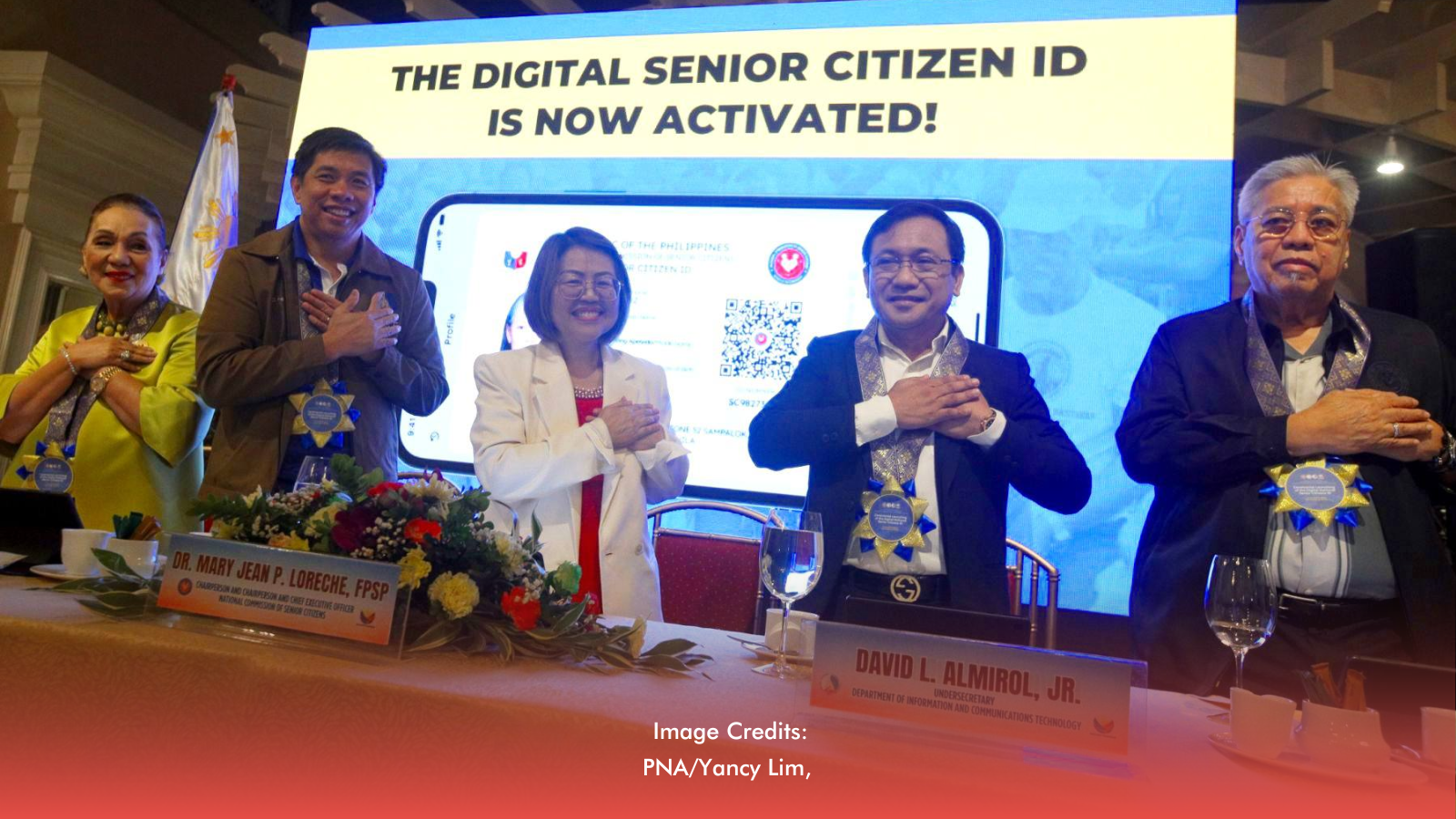The government has officially launched the Digital National ID for senior citizens nationwide, a move aimed at improving accessibility to benefits and privileges for millions of elderly Filipinos. The initiative is being carried out by the Department of Information and Communications Technology (DICT) and the National Commission of Senior Citizens (NCSC) through the eGovPH Super App.
With this rollout, registered seniors will automatically receive their digital national ID through the app. This means they will no longer need to line up at government offices to secure their IDs, simplifying the process of accessing discounts, healthcare services, and other privileges provided by law.
RELATED: [LTO Pledges Faster Release Of License Plates With New Digital System]
Inclusive Digital Governance for Seniors
NCSC Chairperson and CEO Mary Jean Loreche emphasized that the program is a milestone in making government services more inclusive and responsive to the needs of the elderly.
“This is a significant step towards inclusive digital governance and will be of great help to senior citizens,” Loreche stated.
DICT Secretary Henry Aguda also highlighted that the integration within the eGovPH app ensures convenience and nationwide recognition. The digital ID, once issued, will display a senior’s name, photo, date of birth, ID number, and a unique QR code that can be scanned by pharmacies, transport terminals, and other service providers.
Automatic Recognition Across LGUs and Agencies
The ID is valid across all local government units and partner government agencies, using design features such as large fonts, high-contrast visuals, and simplified navigation to accommodate the elderly. This eliminates the need for physical validation, as businesses and institutions will recognize the QR-based ID.
According to the Philippine Statistics Authority (PSA), there were over 9.2 million senior citizens in 2020, accounting for 8.5 percent of the country’s population. With the number expected to grow, officials stressed that digital solutions will help ensure services are more accessible to this demographic.
RELATED: [No More Airport Lines: Travel Tax Now Payable Online]
Addressing Redundancy Concerns
While the launch has been widely welcomed, questions remain on whether the coexistence of both physical and digital IDs creates redundancy. Some experts point out that having two formats may cause confusion or duplication in processing, especially for seniors who may prefer physical cards.
Government officials, however, argue that the digital ID is not meant to replace the physical one entirely but to complement it, offering seniors more options depending on their comfort and accessibility. As the program scales nationwide, the government faces the dual challenge of promoting digital adoption while maintaining support for seniors who still rely on traditional physical IDs.








